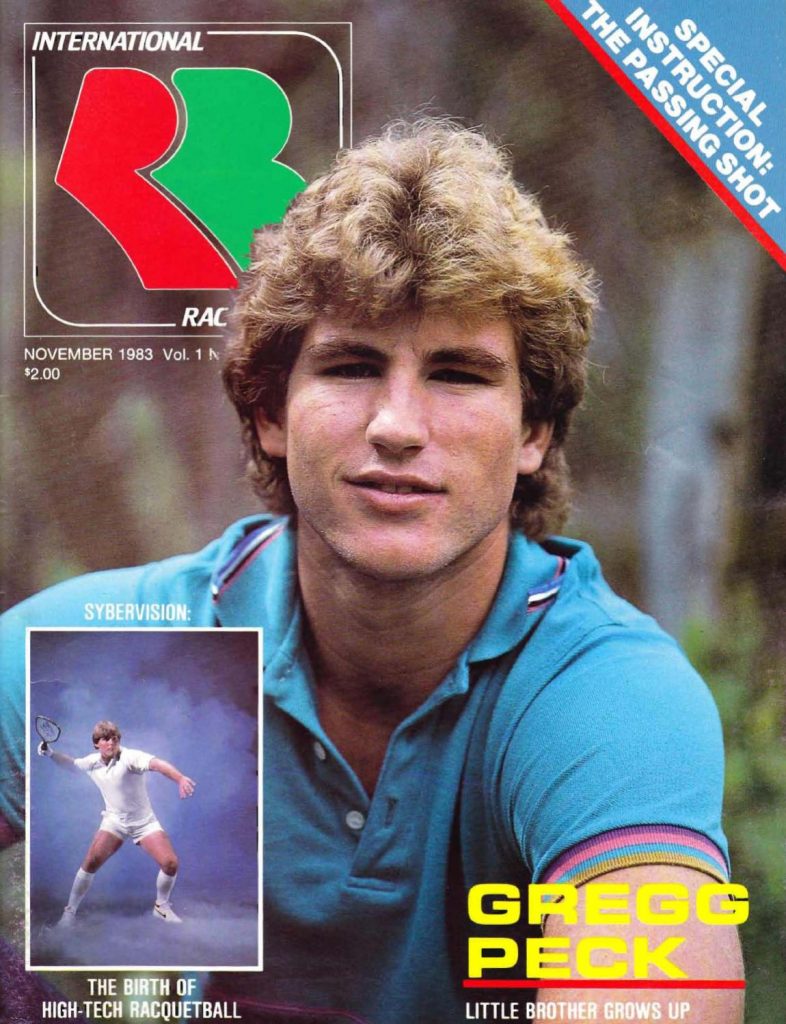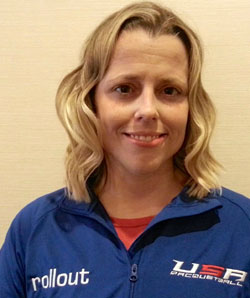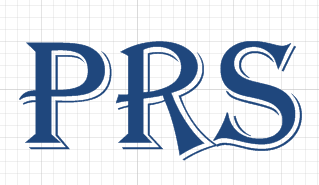Here’s some more reports we’ve added lately. There will be a part 3 of this post: we’ve added a lotta a stuff in the last year or so.
—————–
– I added a couple of specific IRF queries around the time of the Pan Am games in Aug 2019 that i’ll cover in a separate post, probably revisiting the next time we actually have an IRF event (they have cancelled the Pan American Racquetball Confederation – PARC championships for 2020 thanks to Covid-19). But if you’re bored you can fire up the IRF section and run all sorts of new reports.
– In support of the UnitedHealthcare US OPEN Racquetball Championships last October, we created two new US Open specific reports:
o Player W/L Record just at US Opens: this was suggested by Dean DeAngelo Baer to help highlight just US Open performance and it has shown some amazing stats. Here’s Kane Waselenchuk’s US Open W/L record report: http://rball.pro/ABF04B (he’s 90-3 lifetime at the sport’s biggest event)
o Player Match History just at US Opens: a full list of all US Open matches per player. Here’s Conrrado kevin Moscoso Ortiz Racquetball‘s match history: http://rball.pro/2F8B8C
– Player Lefty-Righty W/L Splits: great suggestion from Brian Pineda (who still owes me $10 from a bet made during a match last fall), who surmised that some players are better than others against lefties. Well, now you can query that. Here’s Alex Landa ‘s splits L vs R: http://rball.pro/28335A
– Head to Head Summary report: interesting suggestion by Timothy Baghurst to emulate a graphic we saw posted on a Squash broadcast: if you fire up the “Tale of the Tape” report, you can now select this H2H Match Summary report, which breaks down the h2h wins/losses, plus gives details on 3-game wins, 4-game wins and 5-game wins in both the best-of-3 and best-of-5 format. Here’s an example of this data for matches between Kane Waselenchuk and Rocky Carson: http://rball.pro/49B9BA
– Slight improvement to the Player Summary report as suggested by Evan Pritchard (aka Kramer X, aka the guy who writes The Racquetball Blog) to add in # of tournaments played along side # missed and total per player, per year. This does make the report more readable definitely. Here’s an example of a player summary for Paola Longoria showing the new column: http://rball.pro/7F61BB
– Addition of Player Home pages as suggested by JT R Ball. We don’t know too many stand alone pages for players, so I’ve added in some known “Facebook home pages” that some players are using in lieu of an external page. This data is now seen on the Player Profile reports. I’ll continue to add home pages as I encounter them. JT also just sent me some youtube playlist links that I may use instead of home pages for some players.
– Added functionality to the “Oldest to…” and “Youngest to…” reports after a conversation where Keerti Kumar asked whether Lalo Portillo99 was the youngest player ever to break into the top 10. I’ve modified the “Youngest to..” and “Oldest to…” queries to also list the Youngest and Oldest players to ever finish a season ranked in the top 10 on tour.
Here’s the report
http://rball.pro/1DE1E5
The answer to the question, “was Lalo the youngest ever to break into the top 10?” requires a bit of a history lesson.
Short Answer: No.
Longer Answer: Prior to 1982 there wasn’t a points system on tour used to determine the year end winner; the year end Nationals tournament determined the winner. They did have a ranking system, but it was just used to seed events properly. In the early days of racquetball, the tour was dominated by very young players succeeding at an early age. Marty Hogan (racquetball) for example finished as runner up in the Nationals in 1976 and 1977 at the ages of 18 and 19 respectively. Brett Harnett amazingly played most of the 1980-1 season at the age of 16, then made the semis of Nationals just after turning 17. Newly elected Hall of Famer Gregg Peck was just a few months younger than Harnett and played alongside of him, making the quarters of the 1981 nationals also at the age of 17.
Harnett then finished ranked 4th on tour the first year there was a ranking system in 1982. Other teenagers to finish in the top 10 once there was a ranking system include Gregg Peck, Gerry Price in 1983, Cliff Swain in 1985, Jack Huczek in 2002 and most recently Daniel De La Rosa in 2013.
– Added a section to the “Oldest to..” report to have a “non Ruben Gonzalez version of the “Oldest players to make the round of 16” on the Men’s tour. Ruben held 19 of the top 20 spots; now you can see who else is getting close.
——————-
We’ll do part 3 next week to spread out the rball content!
———————
tags:
International Racquetball Tour
LPRT
International Racquetball Federation – IRF
USA Racquetball
Racquetball Canada
Federación Mexicana de Raquetbol




